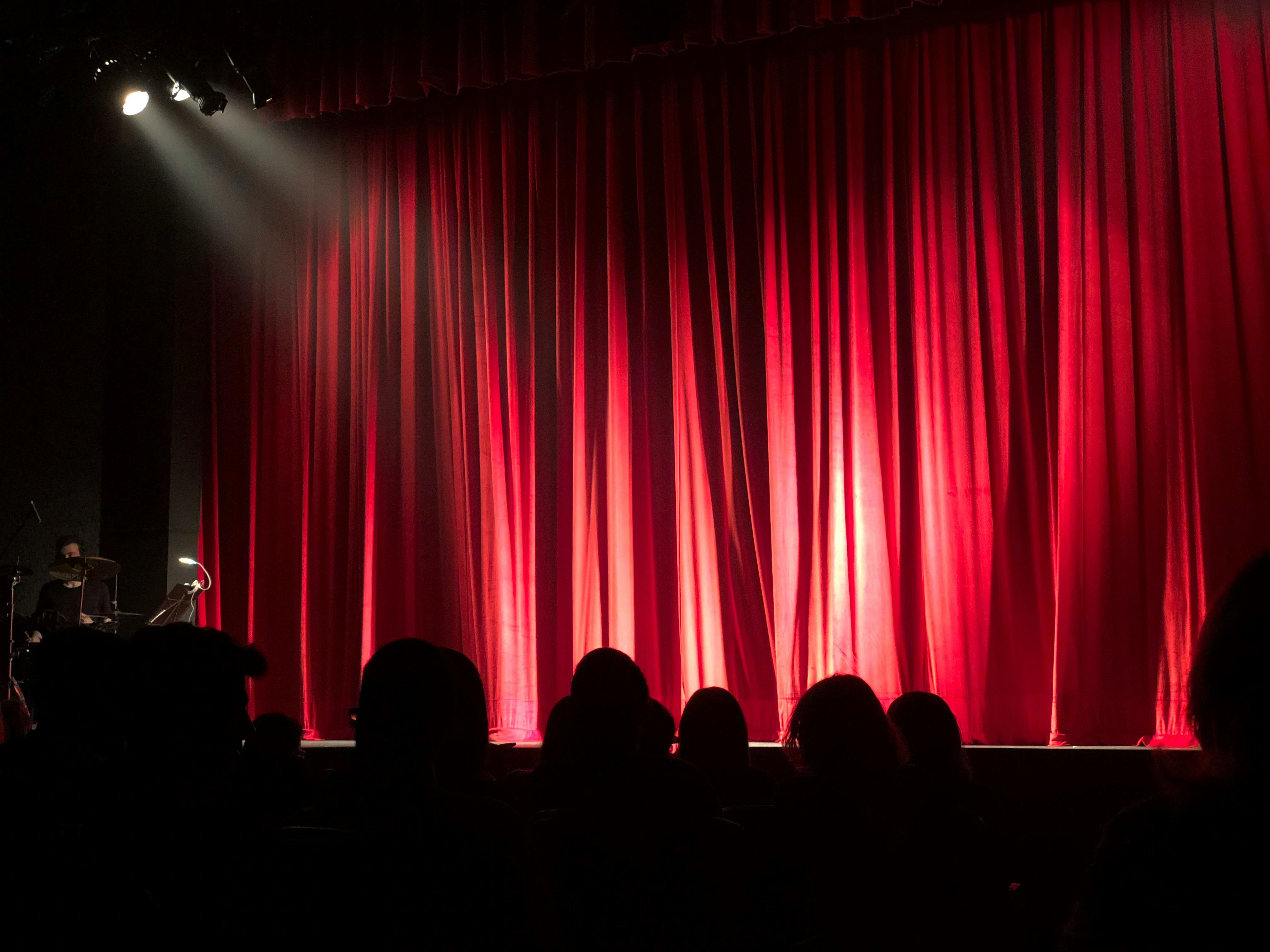Measuring Impact of Community-Focused Performances
This article outlines practical approaches for assessing community-focused performances, showing how venues and producers can combine quantitative analytics with qualitative feedback to understand audience reach, visitor experience, programming outcomes, accessibility, digital engagement, curation choices, marketing effectiveness, and sustainability.

Community-focused performances aim to connect artists, presenters, and residents in meaningful ways. Measuring their impact requires methods that respect local context while delivering reliable data. Effective evaluation mixes visitor counts and attendance patterns with audience feedback, qualitative stories from participants, and indicators of long-term sustainability for programming and exhibitions. The following sections map practical metrics and methods for organizers and cultural managers who want clearer insight into community engagement without losing sight of artistic goals.
audience and visitor metrics
Tracking basic audience and visitor metrics is a necessary foundation. Collect attendance numbers, repeat-visit rates, and demographic snapshots while preserving privacy. Use door counts, ticket scans, and sign-in sheets for raw totals, and consider sampling surveys to estimate the broader reach. Segmenting by age, residency, or community affiliation can reveal whether programming serves intended groups. Combine these measures with event timing and location data to identify which offerings attract the most consistent community participation.
programming and curation evaluation
Assessing programming and curation focuses on alignment with community needs and artistic intent. Evaluate how often curated themes reflect local histories, and whether exhibitions and performances generate conversations or collaborations. Use post-event surveys and curator notes to track outcomes such as partnerships formed, artist-community dialogue, or educational spin-offs. Reviewing program schedules alongside attendance and feedback helps determine which curatorial choices encourage sustained engagement across different visitor groups.
accessibility and inclusivity measures
Accessibility metrics go beyond physical ramps and captioning; they include affordability, cultural relevance, and schedule flexibility. Monitor the use of concessions, sliding-scale tickets, outreach attendance, and availability of accessible formats. Collect qualitative feedback from participants about perceived inclusivity and barriers. Accessibility improvements can be tested incrementally—compare engagement before and after adjustments to seating, transport support, or sensory-friendly programming to measure real effects on audience diversity and visitor comfort.
engagement and feedback channels
Engagement is captured through both direct feedback and observational indicators. Deploy short exit surveys, focus groups, or story-collecting stations to gather visitor impressions and suggestions. Track social media comments, email replies, and community partner reports as informal feedback. Look for signs of active involvement—volunteer numbers, workshop sign-ups, or repeat attendance—since these often signal deeper impact than single-event turnout. Regularly synthesize feedback into actionable changes in programming and marketing.
digital analytics and marketing integration
Digital tools extend measurement capabilities for community-focused work. Use website analytics to measure page visits for exhibitions or event listings, monitor ticketing conversion rates, and analyze referral sources to understand how marketing drives visitor behavior. Social analytics show shares, comments, and demographic insights, while targeted surveys distributed digitally can reach broader participant samples. Integrating digital metrics with on-site data creates a fuller picture of reach and helps refine marketing strategies to attract the right local audiences.
sustainability and long-term impact
Measuring sustainability looks at program viability and enduring community benefits. Track indicators such as funding diversification, partnership longevity, repeat programming, and local economic effects like audience spending. Use longitudinal surveys to assess how perceptions and participation change over time. Sustainability also ties to environmental practices for exhibitions and performances; measure material reuse, energy use, and waste reduction where relevant. Combining short-term engagement metrics with these longer-term markers helps demonstrate program resilience and value to stakeholders.
Community-focused performances produce varied kinds of impact—quantitative numbers, personal stories, strengthened networks, and occasional shifts in local cultural life. Robust assessment balances visitor and audience analytics with qualitative feedback, accessibility checks, thoughtful curation, integrated digital marketing data, and sustainability indicators. By documenting both immediate reactions and longer-term outcomes, organizers can make informed decisions that respect artistic priorities while serving their communities effectively.





